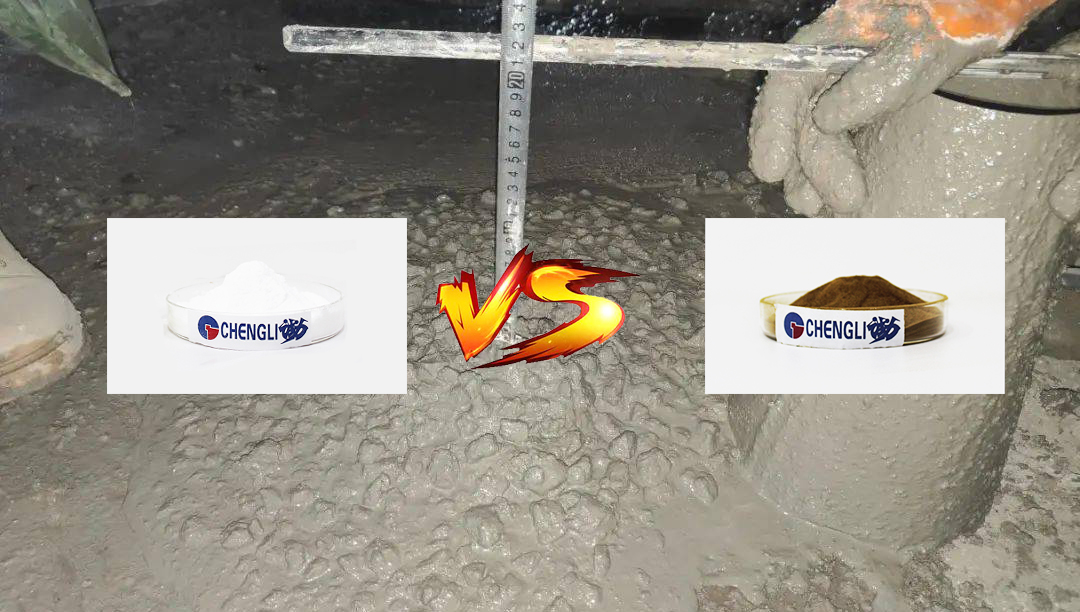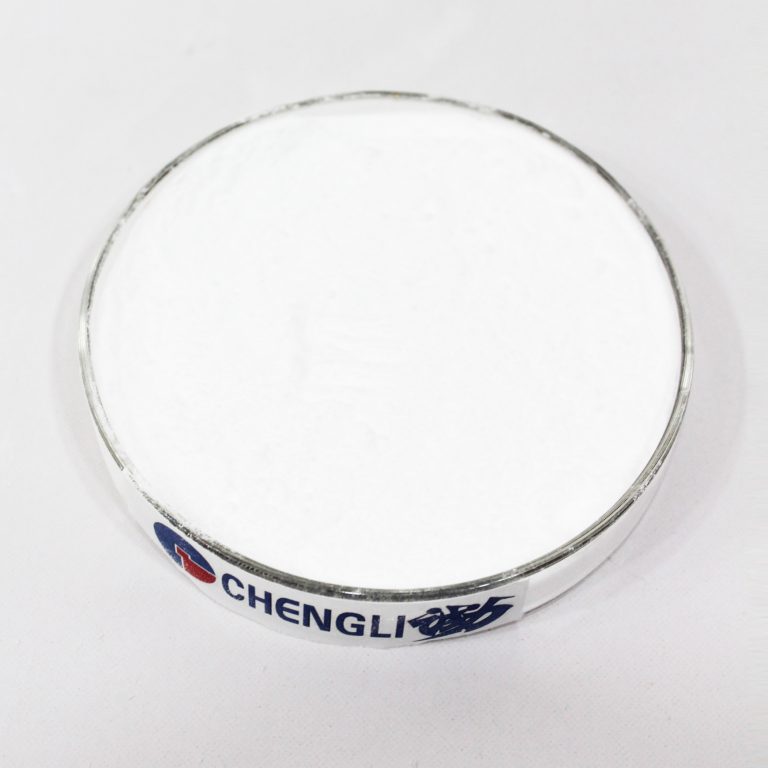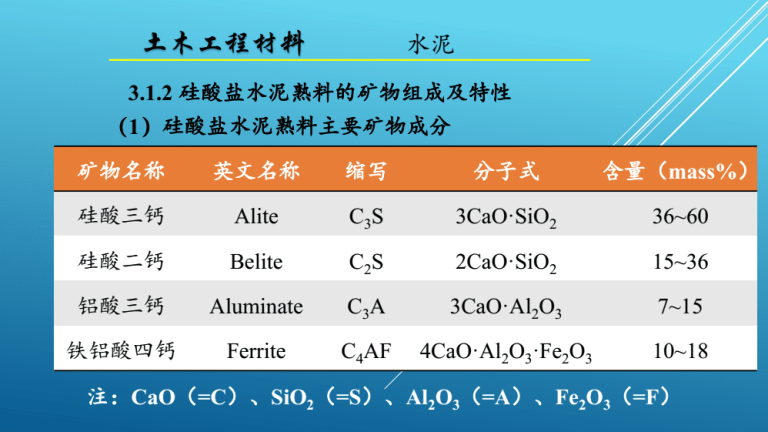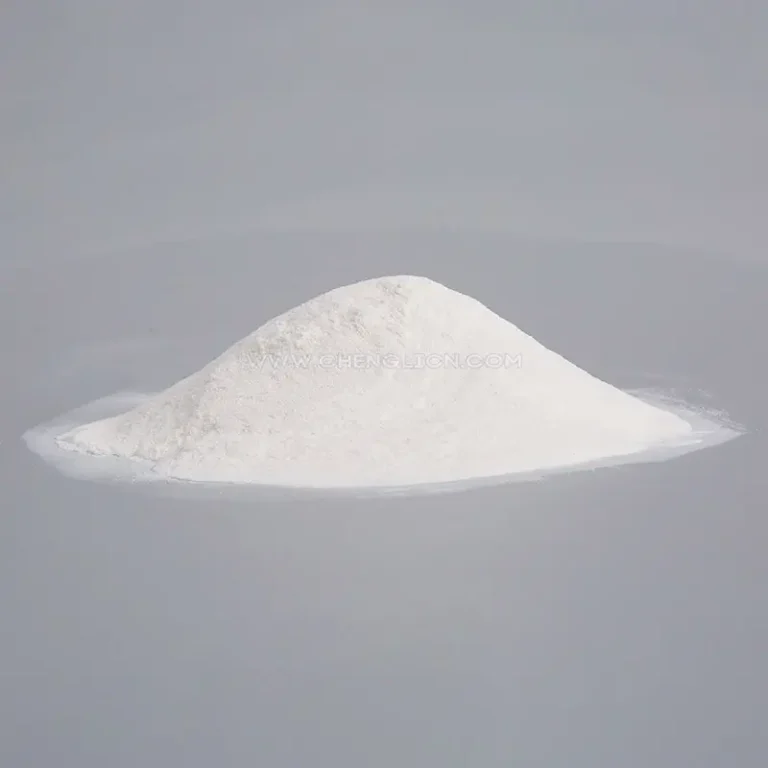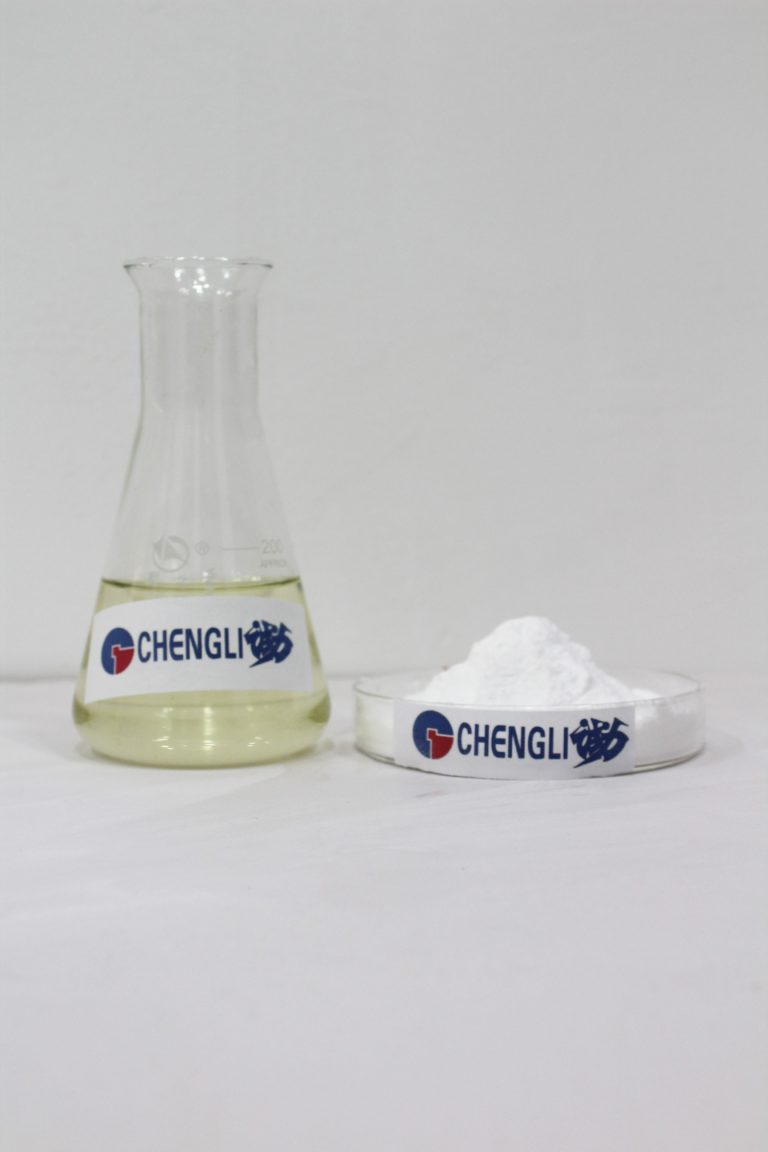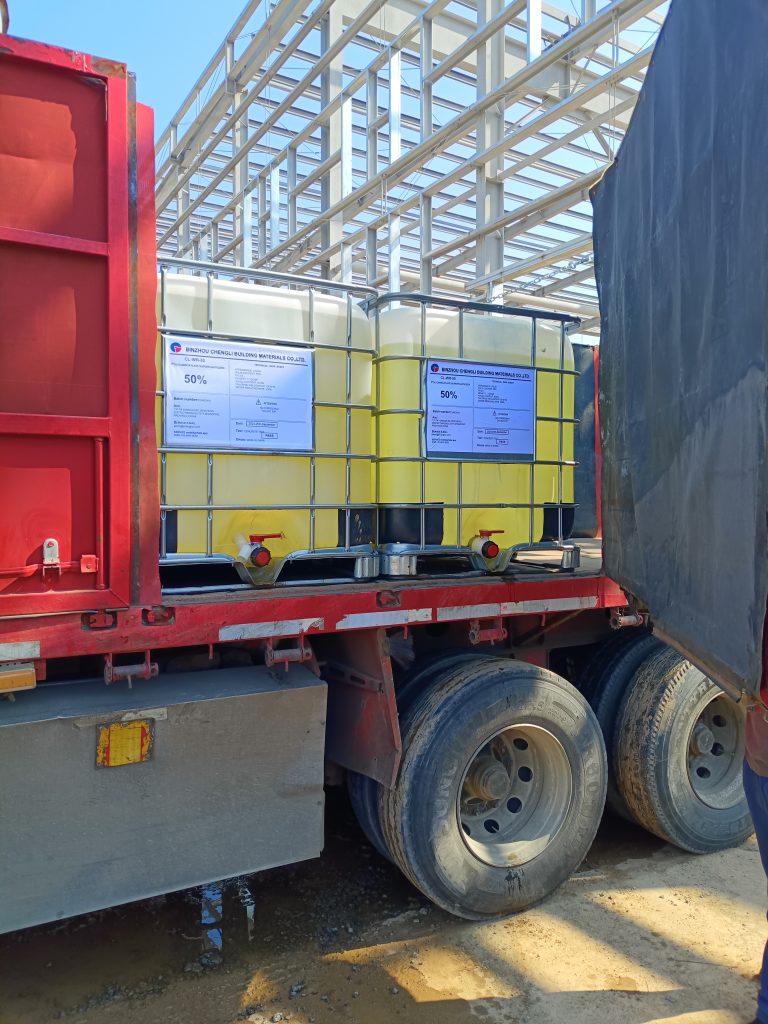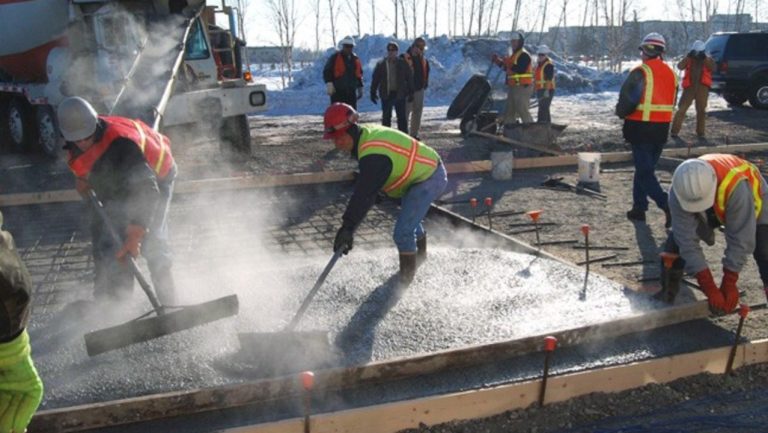Polycarboxylate vs. Naphthalene-Based Water Reducers: Key Distinctions and Performance Comparison
Concrete admixtures play a pivotal role in modern construction, with water reducers being among the most widely used. Two dominant types—polycarboxylate-based and naphthalene-based water reducers—offer distinct advantages and applications. This article explores their differences in water reduction rates, mechanisms of action, usability, cost, and environmental impact, helping engineers and builders make informed choices for high-performance concrete.
1. Excellent performance of Polycarboxylate Superplasticizer
The primary function of water reducers is to reduce the water-to-cement ratio, enhancing concrete strength and durability. Polycarboxylate Superplasticizer outperform naphthalene-based water-reducing agent in this critical metric.
1.1 Higher Initial and Ultimate Water Reduction
– **Polycarboxylate Superplasticizer Agents**: Achieve water reduction rates of 25–40%, even at low dosages (0.1–0.5% by cement weight). Their molecular structure allows efficient dispersion of cement particles, minimizing water demand for workable mixes.
– **naphthalene-based water-reducing agent**: Offer lower water reduction (15–25%) and require higher dosages (1.0–2.0%) to match Polycarboxylate Superplasticizer performance. Beyond 2.0% dosage, naphthalene-based water-reducing agent exhibit diminishing returns and may cause segregation or delayed setting.
A 2024 study by the American Concrete Institute (ACI) showed that Polycarboxylate Superplasticizer agents reduced water by 30% at a 0.3% dosage, while naphthalene-based water-reducing agent needed 1.5% dosage to achieve the same reduction. This efficiency makes Polycarboxylate Superplasticizer ideal for low water-cement ratio concretes (below 0.30), essential for high-strength applications like skyscrapers and bridge girders.
1.2 Slump Retention and Workability
Polycarboxylate Superplasticizer agents excel in maintaining slump over time, a critical factor in ready-mix concrete and large pours. Their molecular chains provide long-lasting dispersion, keeping mixes workable for 2–3 hours without additional water. In contrast, naphthalene-based water-reducing agent lose slump rapidly after 60–90 minutes, requiring re-tempering or accelerating setting, which can compromise strength.

2. Mechanisms of Action: Steric Repulsion vs. Electrostatic Repulsion
The disparity in performance stems from their different interaction mechanisms with cement particles.
2.1 Polycarboxylate Based Superplasticizer: Steric Repulsion and Multi-Functional Effects
Polycarboxylate Superplasticizer molecules feature long side chains that adsorb onto cement grains, creating **steric repulsion**—a three-dimensional barrier that prevents particle aggregation. This effect is complemented by:
– **Air-Entraining Isolation**: Tiny air bubbles act as “ball bearings,” improving flow without increasing water.
– **Reduced Solid-Liquid Interface Energy**: Lower surface tension enhances particle dispersion, further reducing water needs.
These combined effects ensure stable workability and dense microstructure, boosting concrete durability.
2.2 Naphthalene Based Superplasticizer: Electrostatic Repulsion and Limitations
naphthalene-based water-reducing agent rely on **electrostatic repulsion**, where sulfonate groups on their molecules create negative charges, pushing cement particles apart. While effective, this mechanism lacks additional benefits:
– No steric stabilization, leading to quick flocculation and slump loss.
– Limited impact on interface energy or air entrainment, restricting performance in complex mixes.
The single-mechanism action of naphthalene-based water-reducing agent makes them less versatile compared to Polycarboxylate Superplasticizer’s multi-functional approach.

3. Usability and Performance in Concrete Applications
Beyond water reduction, the choice between Polycarboxylate Superplasticizer and NS affects concrete properties like strength, durability, and setting time.
3.1 Strength Development
– **Polycarboxylate Superplasticizer Agents**: Promote higher compressive strength (28-day gains of 25–35%) due to denser C-S-H gel formation. Their low water-cement ratios minimize porosity, enhancing load-bearing capacity.
– **naphthalene-based water-reducing agent**: Offer moderate strength increases (15–25%), with gains plateauing at higher dosages due to excess water or segregation risks.
In a 2025 case study, a Polycarboxylate Superplasticizer-treated high-strength concrete (100 MPa) for a Hong Kong skyscraper showed 30% higher strength than an NS-based mix at the same water-cement ratio.
3.2 Durability and Shrinkage
Polycarboxylate Superplasticizer agents improve concrete durability through multiple pathways:
– **Reduced Permeability**: Lower porosity resists chloride ingress and sulfate attack, critical for marine or highway structures.
– **Shrinkage Control**: Their molecular structure limits drying shrinkage by 10–15%, reducing cracking in thin sections or long-span elements.
– **Frost Resistance**: Entrained air bubbles (when used with air-entraining agents) enhance freeze-thaw resistance, a key advantage in cold climates.
naphthalene-based water-reducing agent, lacking these benefits, require additional admixtures to match Polycarboxylate Superplasticizer’s durability performance, increasing complexity and cost.
3.3 Setting Time and Workability Control
Polycarboxylate Superplasticizer agents offer precise control over setting time, delaying or accelerating hydration as needed. They maintain workability without retarding strength gain, ideal for:
– Self-compacting concrete (SCC) in complex architectural designs.
– 3D-printed concrete requiring consistent flow and rapid layer bonding.
naphthalene-based water-reducing agent, with shorter slump retention, are better suited for simple pours or projects where quick setting is acceptable, such as small-scale residential construction.
4. Cost and Environmental Impact: Balancing Upfront and Lifecycle Costs
While naphthalene-based agents have a price advantage initially, polycarboxylate options offer long-term savings and environmental benefits.
4.1 Price and Dosage Efficiency
– **naphthalene-based water-reducing agent**: Cost 20–30% less per kilogram than Polycarboxylate Superplasticizer agents, making them attractive for budget-sensitive projects. However, their higher dosage (1.5–2.0%) increases overall consumption.
– **Polycarboxylate Superplasticizer Agents**: Though more expensive ($1.5–$2.5/kg vs. $1.0–$1.8/kg for NS), their low dosage (0.3–0.8%) often results in lower total costs for high-strength mixes. For example, a 10,000-ton concrete batch using Polycarboxylate Superplasticizer might save $5,000 in cement costs compared to NS, offsetting the admixture premium.
4.2 Environmental Footprint
– **NS Production**: Involves fossil fuel-based raw materials (naphthalene, formaldehyde) and generates wastewater with sulfonated byproducts, posing pollution risks if untreated.
– **Polycarboxylate Superplasticizer Production**: Uses green chemistry, with monomers derived from renewable sources (e.g., bio-based acrylic acids). Their synthesis produces minimal waste and complies with EU Ecolabel and LEED standards, promoting sustainable construction.
Additionally, Polycarboxylate Superplasticizer’s ability to reduce cement use by 10–20% directly cuts CO₂ emissions, aligning with global carbon reduction goals. A 2024 report by the Global ABC Initiative estimated that widespread Polycarboxylate Superplasticizer adoption could save 1.2 gigatons of CO₂ by 2050, equivalent to removing 260 million cars from the road.
5. When to Choose Naphthalene-Based Agents
Despite Polycarboxylate Superplasticizer’s advantages, naphthalene-based water-reducing agent still have niche applications:
– **Low-Strength Concrete**: For simple structures like driveways or non-load-bearing walls, where high strength and durability are not critical.
– **Short-Distance Transport**: In ready-mix concrete delivered within 30 minutes, where slump retention is less important.
– **Budget Constraints**: In markets with strict cost controls and minimal long-term performance requirements.
However, even in these cases, Polycarboxylate Superplasticizer’s superior efficiency often justifies the investment, especially for projects with medium-to-long service lives.
6. The Future of Water Reducers: Polycarboxylate Dominance
The construction industry is shifting toward Polycarboxylate Superplasticizer agents due to three key drivers:
1. **Performance Demands**: Rising standards for high-strength, durable concrete in infrastructure projects require Polycarboxylate Superplasticizer’s advanced capabilities.
2. **Sustainability Goals**: Governments and organizations increasingly mandate low-carbon materials; Polycarboxylate Superplasticizer’s cement-saving and eco-friendly properties make it a preferred choice.
3. **Technological Innovation**: Ongoing research focuses on bio-based Polycarboxylate Superplasticizer formulations, improving affordability and reducing dependency on fossil fuels.
By 2030, Polycarboxylate Superplasticizer is projected to account for 75% of the global water reducer market, according to a 2025 report by Grand View Research. Naphthalene-based agents, while still relevant in specific contexts, will gradually become a niche product.
Conclusion: Prioritizing Performance for Long-Term Value
Polycarboxylate Superplasticizer outperform naphthalene-based agents in nearly every critical metric: higher water reduction, superior workability retention, enhanced strength and durability, and lower environmental impact. While naphthalene-based water-reducing agent offer short-term cost savings, Polycarboxylate Superplasticizer’s long-term benefits in efficiency, sustainability, and performance make it the better choice for most construction projects. As the industry evolves toward greener, stronger materials, polycarboxylate technology stands as the future of concrete admixtures, enabling safer, more resilient infrastructure while advancing global sustainability goals.
Our Professional Technical Team Is Available 24/7 To Address Any Issues You May Encounter While Using Our Products. We Look Forward To Your Cooperation!

